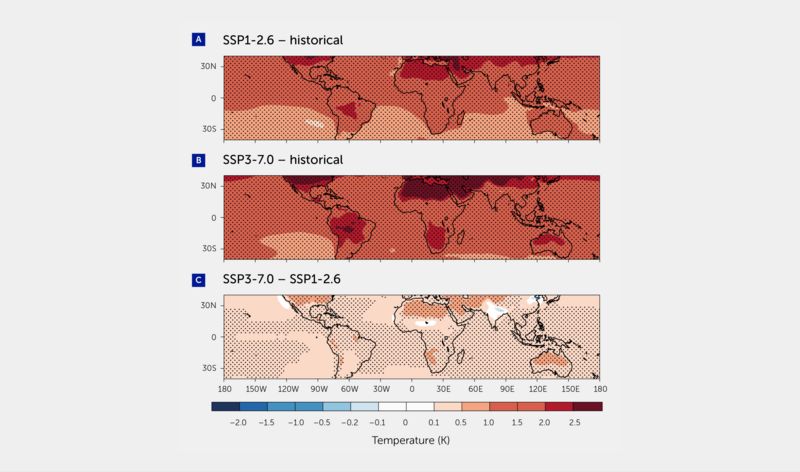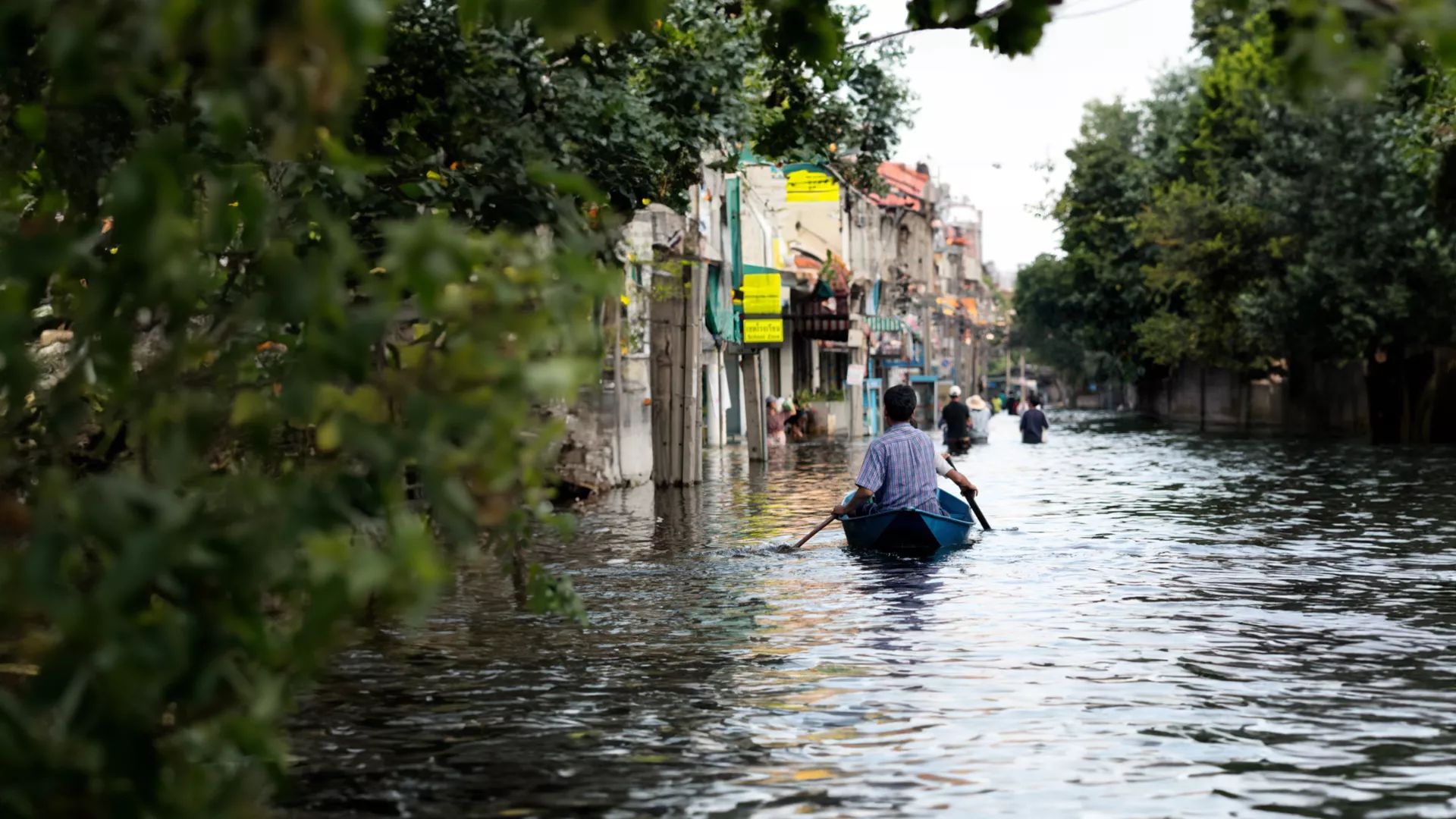
Frontiers in Science Lead Article
Published on 01 Oct 2024
Emerging signals of climate change from the equator to the poles: new insights into a warming world
- 37,516 views
- 22 citations


Frontiers in Science Lead Article
Published on 01 Oct 2024

Experts delved into regional climate change impacts at a virtual Frontiers Forum Deep Dive session on 7 November 2024.

To best benefit impacted communities, climate adaptation efforts require improved dialogue between scientists and decision makers, with models tailored to diverse policy needs, asserts Prof David Frame, University of Canterbury, New Zealand.

Unraveling the complex links between climate warming and extreme weather events is crucial for developing effective regional adaptation and mitigation strategies, emphasizes Prof Swadhin Kumar Behera of the Japan Agency for Marine-Earth Science and Technology, Japan.

Sharpening regional climate projections requires improved understanding of how atmospheric circulation responds to warming through coupled ocean-atmosphere feedback, argues Prof Shang-Ping Xie, Scripps Institution of Oceanography, University of California San Diego, USA.
Monsoons are expected to increase in intensity in the future, as aerosol emissions abate and greenhouse gas forcing emerges, increasing the risks of floods, landslides, and reduced agricultural yields in affected regions.
Very high-resolution climate models have recently highlighted a potential strengthening of the storm track into northwestern Europe, risking an increase in land falling extreme storms likely to cause high winds, flooding, and threats to infrastructure.
An increasing fraction of precipitation will fall as rain rather than snow over both poles in the future, potentially destabilizing melting ice and amplifying sea level rise.
El Niño Southern Oscillation (ENSO) events, which cause floods, droughts, heatwaves, and wildfires around the world, are expected to increase in frequency and severity in as little as 20 years.
Temperature extremes are increasing globally: impactful events often combine high heat and humidity, thereby significantly affecting sectors such as agriculture— negatively impacting crop yields, reducing the ability to work outdoors, and increasing mortality in vulnerable populations.

A summary of the lead article in a Q&A format, with infographics and a video.

A version of the lead article written for—and peer reviewed by—kids aged 8-15 years.

A new synthesis of regional climate data highlights emerging climate change signals. Researchers emphasize the increasing intensity of monsoons, altered storm tracks, and polar precipitation shifts, underscoring the critical need for region-specific data to inform effective climate policies and protect communities from escalating risks.

A greater understanding of how climate change impacts at a regional level is vital to developing effective climate policies that protect communities from escalating risks.

A team, including researchers from British Antarctic Survey (BAS), describe in the journal Frontiers in Science how they used the results from multiple new studies to make a synthesis of regional climate data that highlights emerging climate change signals.

A new study of regional climate data has highlighted a need for a region-specific focus on emerging climate change signals to underpin more effective local adaptation policies.

Understanding regional climate change is essential for guiding effective climate adaptation policy, according to a new study involving the University of East Anglia.

Over the poles, an increasing amount of precipitation will fall as rain, weather researchers predict.

Australia is likely to see El Niño weather events become more frequent and more intense within the next 20 years, raising the risk of severe droughts and bushfires.
Follow the science, follow Frontiers in Science